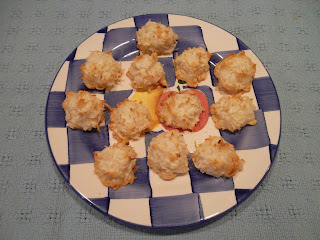The other day
I stood near the bank of the Mohawk River, a few feet from where my long-ago
ancestor Jacques Van Slyck lived and ran his tavern, the first such
establishment in the village
of Schenectady. A massive gnarled oak tree marks the spot where Jacques may have set out by canoe to his
farm on Van Slyck Island. Or perhaps he even walked across the frozen river on
a blustery and raw February day such as today.
This peaceful
spot is also near where on a cold February night 323 years ago, a raiding party
from Canada crept across the frigid landscape, entered the sleeping settlement
through an opening in the stockade, and nearly destroyed the town and its
inhabitants.
Now the
neighborhood children ride their bicycles up and down the narrow streets and lanes,
play pirates on the river bank, or climb the ancient oak that stands silent as
a sentinel at water’s edge.
That night
the lanes echoed with war whoops and the agonized cries of the wounded and
dying. Homes were torched, and those defending their property and families were
cut down or taken prisoner. One man, a certain Symon Schermerhorn, took
advantage of the chaos to leap onto his horse and flee the carnage, riding for
hours through the snowy pine bush to warn the larger settlement at Albany.
Who were the
attackers? A group of about 200 French soldiers and their Iroquois and
Algonquin allies, known as “praying Indians,” for having been converted by
Jesuit missionaries. They had marched from Montreal
seventeen days earlier, with orders to attack Schenectady and to “burn the place.”
Attacking
shortly before midnight on the night of February 8, 1690, the invading force
was in control of the village within two hours, having slaughtered 60 men,
women, and children, and leaving only a handful of houses standing.
The French
and Indians eventually retreated north, leaving the town in ruins, and taking
27 captives with them, many of whom were later ransomed.
This bloody
attack was one episode in what became known as King William’s War, a part of
the struggle between England
and France for hegemony in North America.
As the Indian
allies of the French were familiar with the residents of Schenectady who had Mohawk connections, none
of the Van Slycks, Van Olindas, or others with family ties to the Mohawks, were
killed or taken captive in the raid. But Jacques did not survive for long
afterward; he died in Albany
in May of that year.
The spot
along the river is peaceful and quiet 300 years later. Gray slabs of ice lie
helter-skelter along the river’s edge, where the water has frozen, thawed, and
refrozen. In the spring and summer, there will be picnics in the riverside park
and boats plying the water. Waterfowl will make their voices heard, or glide
silently through the waves.
The early
carnage is largely forgotten now, except by history buffs like me. But I can’t
help thinking: If the war party had bypassed Schenectady
and attacked Albany
instead -- which was their original plan
-- I might be writing this blog en français.
* * *
Sources:
Burke, Thomas E., Jr., Mohawk Frontier: The Dutch Community of Schenectady, New York, 1661-1710. Albany, NY. : State University of New York Press. 1991.
Staffa, Susan J. Schenectady Genesis: How a Dutch Colonial Village Became an American City, ca. 1661-1800. Vol. 1; Fleischmanns, NY: Purple Mountain Press. 2004.
For more about Jacques Van Slyck's death and deathbed will, see: "In den Name Godes -- Amen".
* * *
Sources:
Burke, Thomas E., Jr., Mohawk Frontier: The Dutch Community of Schenectady, New York, 1661-1710. Albany, NY. : State University of New York Press. 1991.
Staffa, Susan J. Schenectady Genesis: How a Dutch Colonial Village Became an American City, ca. 1661-1800. Vol. 1; Fleischmanns, NY: Purple Mountain Press. 2004.
For more about Jacques Van Slyck's death and deathbed will, see: "In den Name Godes -- Amen".








